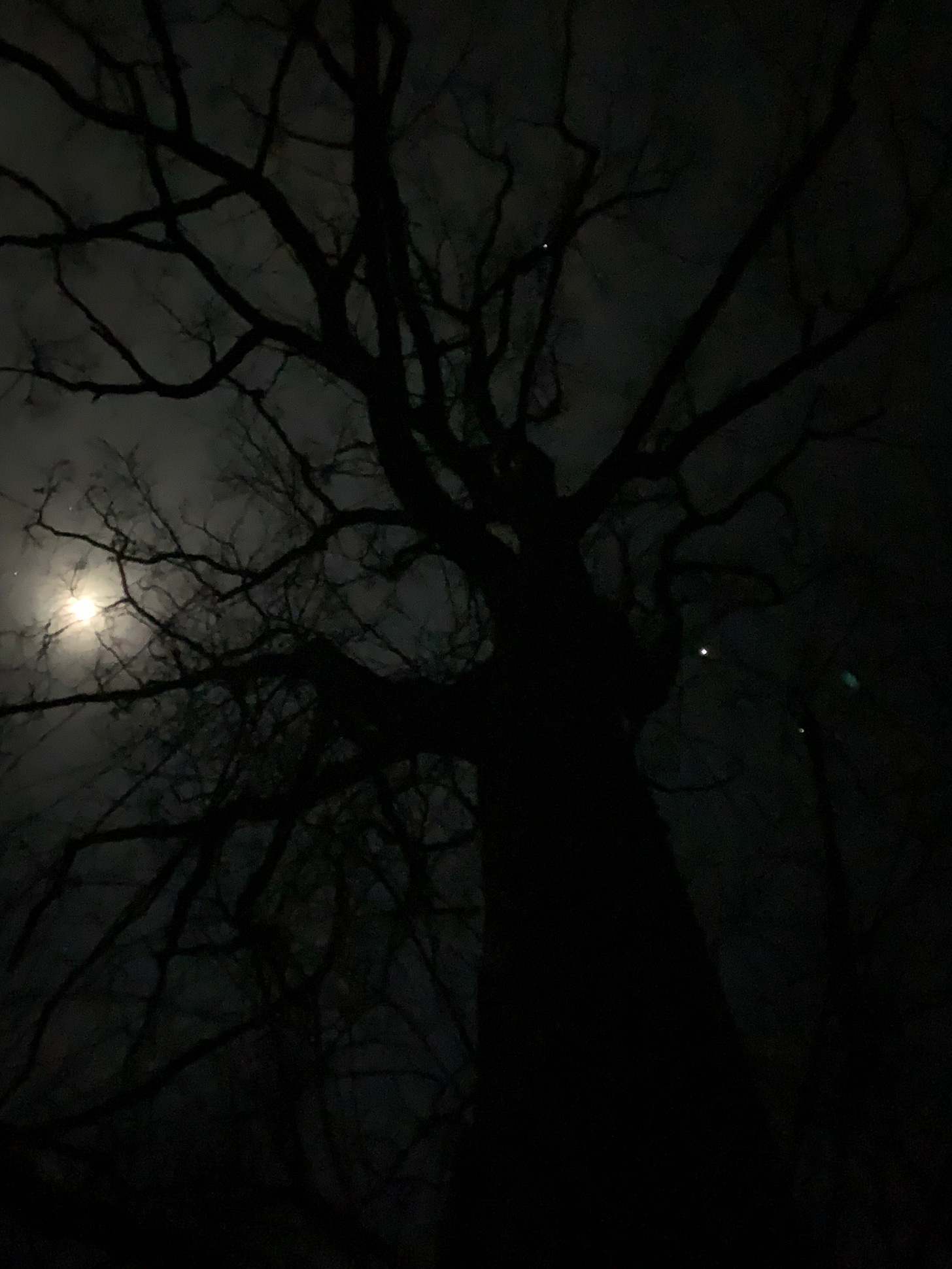“Wisdom went forth to make her dwelling among the children of men,
And found no dwelling-place:
Wisdom returned to her place, And took her seat among the angels.
And unrighteousness went forth from her chambers:
Whom she sought not she found, And dwelt with them,
As rain in a desert and dew on a thirsty land.” 1 Enoch 42: 1-3
Keep reading with a 7-day free trial
Subscribe to The Cunning Farmer to keep reading this post and get 7 days of free access to the full post archives.




